Disclosure: We may get commissions for purchases made through links in this post.
Gravel grids can be excellent constructions for different purposes like driveways, walkways, and shed foundations. So how do you install a gravel grid correctly? Also, what is the ideal depth for this surface? We researched for you to answer these questions, and here’s what we found.
Gravel grids often have different depths to cater to various construction demands. For example, a typical residential driveway may only need a gravel grid with a 25-millimeter depth. But commercial roads may require gravel grids that are 150 millimeters deep. Also, the general installation procedures for gravel grids usually requires installers to follow these steps:
- Install a sub-base with the appropriate depth on the location of the installation.
- Connect the panels of the grid to the preferred area.
- Cut the corners with an angle grinder or power saw if needed.
- Fill the grid with gravel.
- Wait for 4 to 6 weeks for the gravel to settle into the grid.
Take note that the surface in which gravel grids lay can also affect the overall serviceability and serviceable life of the resulting construction. Continue reading as we talk about the possibilities of laying gravel grids on certain materials. We’ll also tackle more about gravel grids and their installation steps in greater detail. Without further ado, let's get into it.
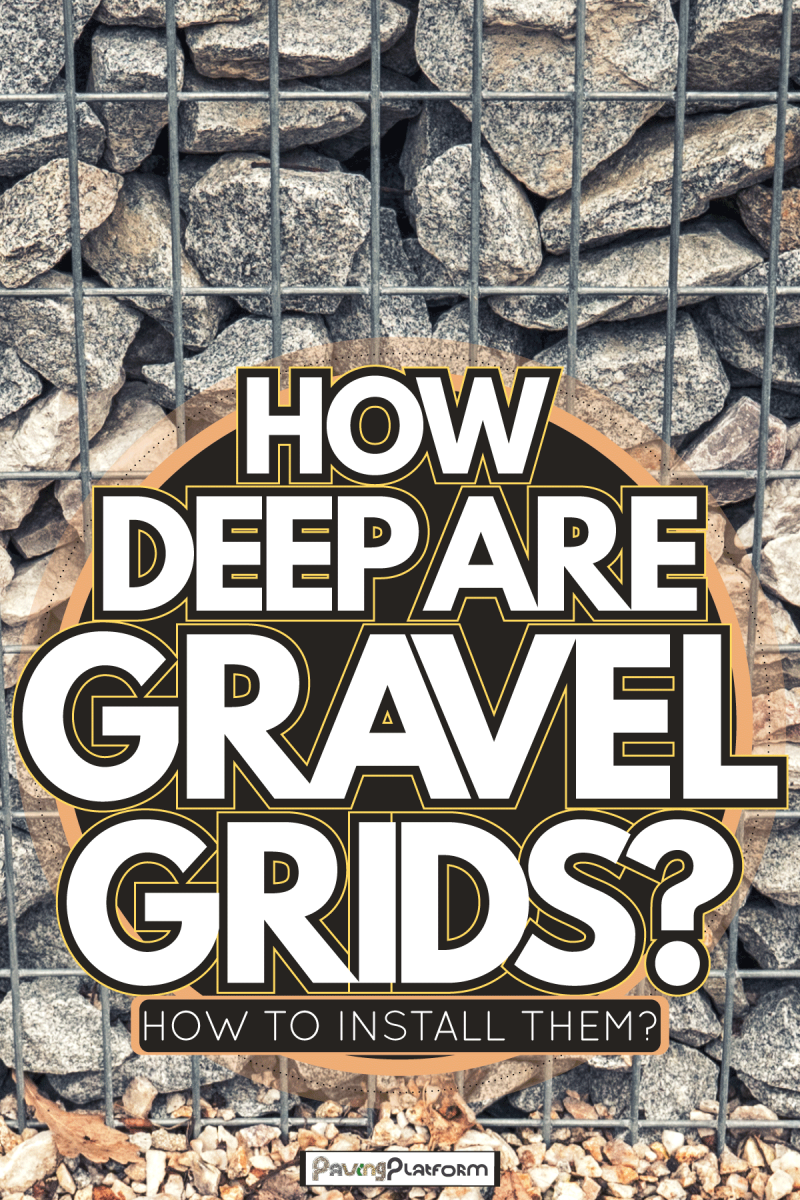
What Is The Purpose Of A Gravel Grid?
Gravel grids are systems designed to sit under other surfaces to add stability to the structures. Without these constructions, driveways and other surfaces can be susceptible to issues like erosion and pothole formation.
Other safety issues also exist if certain surfaces like pavement don't use gravel grids. For instance, buggies and wheelchairs can be quite difficult to maneuver.
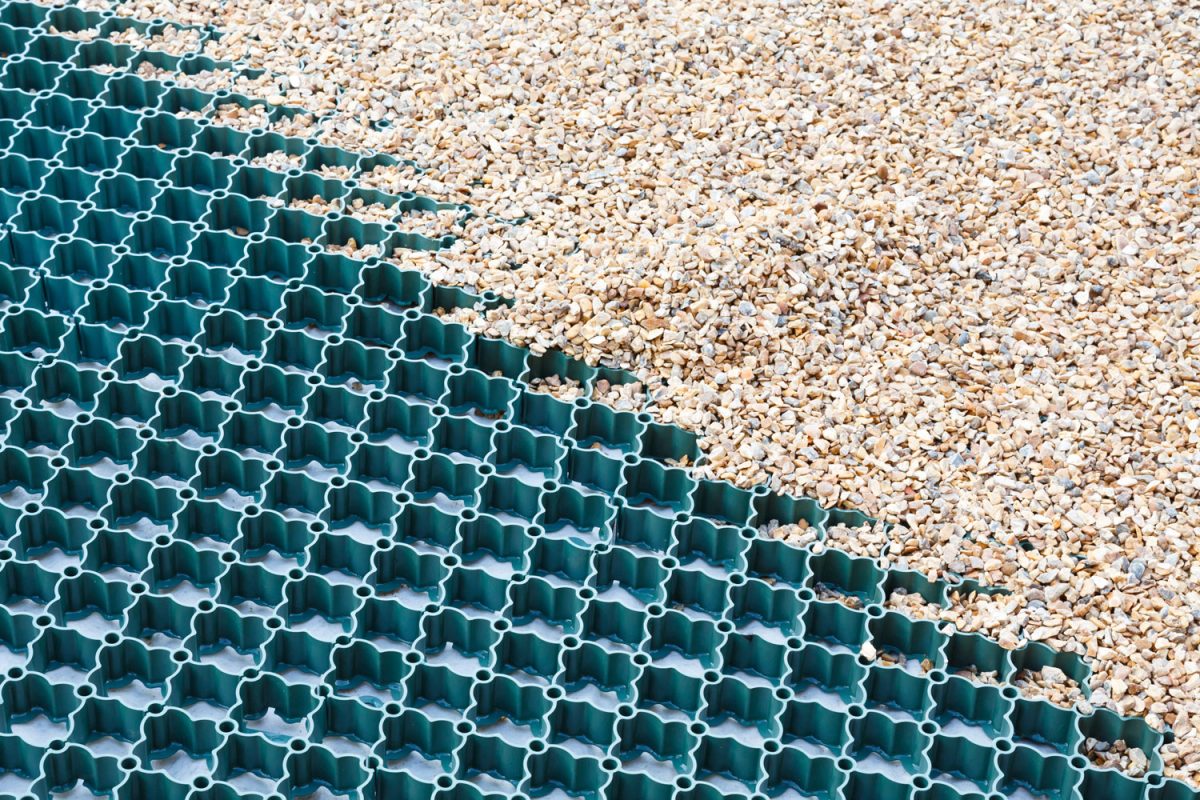
On the other hand, a properly installed gravel grid can also provide benefits like:
- Enhanced longevity
- Improved durability
- Better stability
Plus, it can be easier to install a driveway with a gravel grid than doing the setup procedure without this substrate. The gravel can help distribute the driveway’s material evenly, ensuring optimal compactness from the installation.
What Depth Should A Gravel Grid Be?
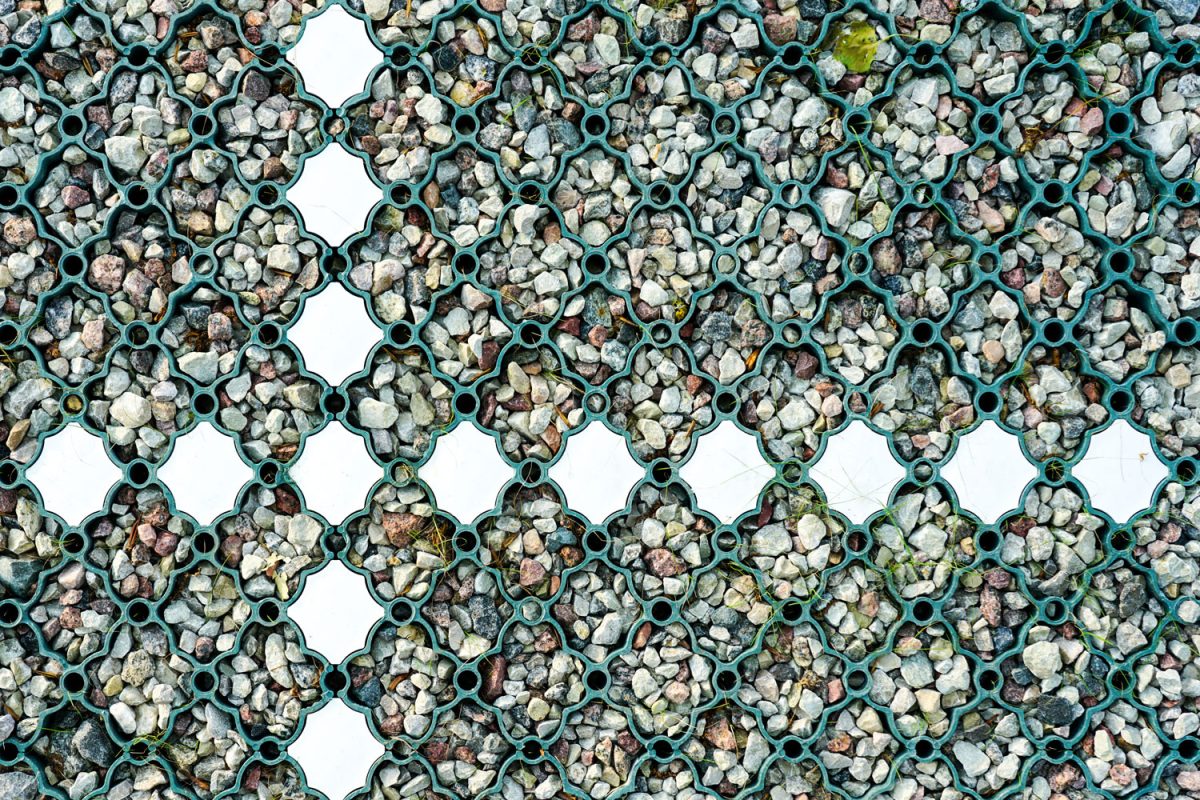
The ideal depth of a gravel grid often depends on the purpose of the surface. For example, driveways in private properties may do well with 25-millimeter deep gravel grids because these structures generally need to have overfilling, resulting in less excavation and reduced gravel use.
However, commercial roads may need gravel grids to be about 150 millimeters deep. That measurement should suffice to support heavy loads like cars and large trucks.
Take note that you need to verify the depth requirement for the gravel grid. That way, you can use your construction funds efficiently by purchasing the correct amount of gravel needed for your structure.
How Do You Install A Gravel Grid Driveway?
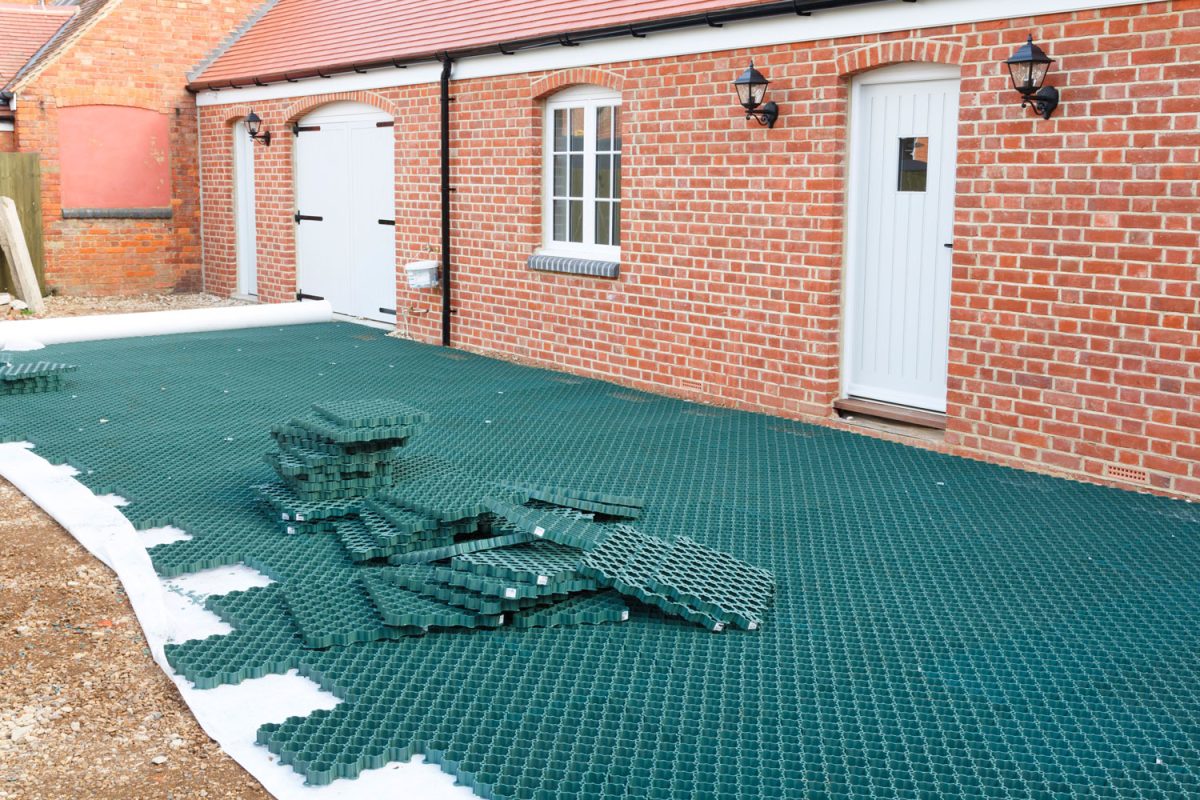
Before installing the gravel grid, ensure that you already know the location of the driveway. Then, measure and isolate the area with stakes.
Once you completed the preparation, continue by following these steps:
What You’ll Need
- Gravel grid kit
- Power saw or angle grinder
- Gravel
Step-By-Step Guide
- Install a compact, firm, and solid base with the appropriate depth onto the surface of the installation location.
- Connect the panels of the grid. Models with modular designs may make this step easier than usual.
- Cut the corners with a power saw or angle grinder to the ideal angle or radius.
- Fill the grid with gravel or other material based on your project’s specific demands.
- Wait for 4 to 6 weeks for the material to settle naturally.
Check out this gravel grid on Amazon.
Watch the video below to gain additional insight on this process:
Can You Lay Gravel Grids On Soil?
Gravel grids can lay on soil. However, the soil base should be smooth and solid to hold the driveway or other structure on top. Also, removing the weeds from the soil is important to prevent the plants from pushing through the materials.
Check out this weed killer on Amazon.
Can You Lay Gravel Grids On Concrete?
Laying gravel grids over concrete can be an ideal choice for creating concrete and tarmac driveways. Many homeowners would want this particular setup on their driveways and other concrete structures. Gravel under solid slabs can provide benefits like delivering a level surface, producing proper drainage, and preventing cracks.
What Is The Best Gravel Grid?
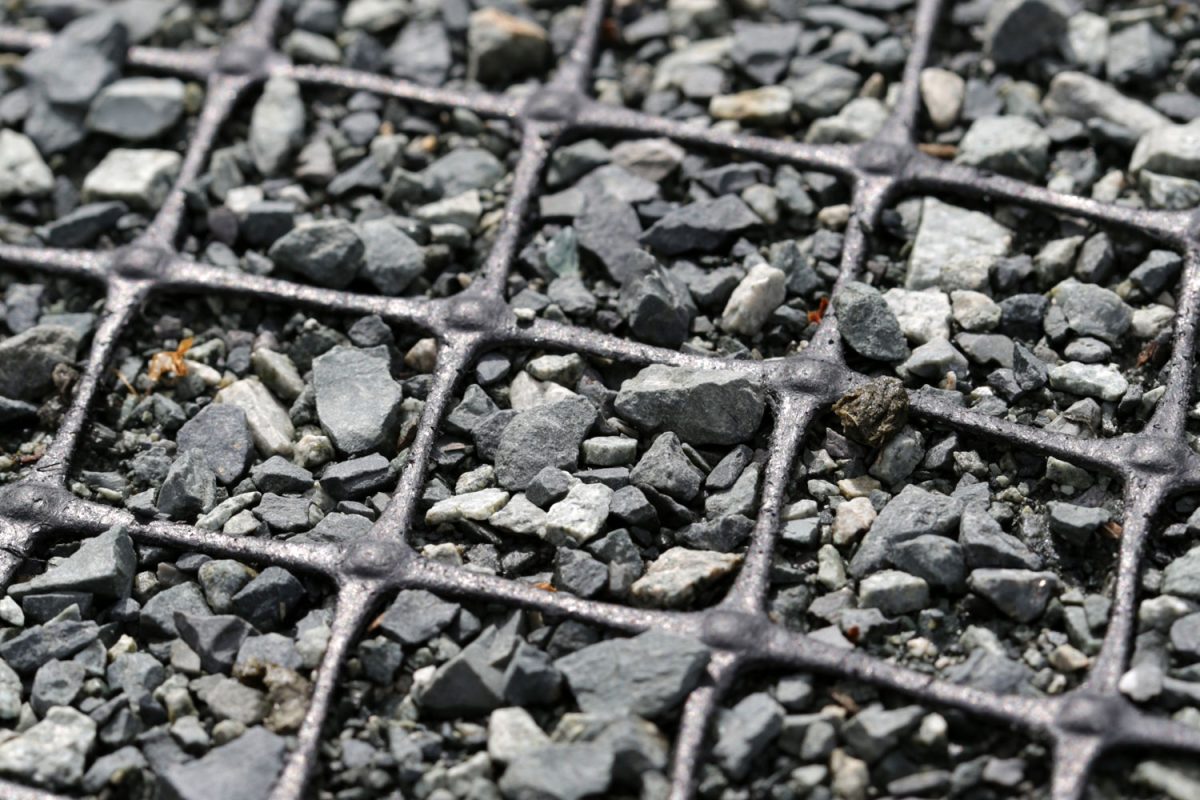
Interested buyers can choose among the different gravel grids available on the market. However, take note that there’s no "end-all" or the equivalent to a "one-size-fits-all" gravel grid for all applications. Shoppers should take their time in looking at the different factors to ensure the grids they buy fit their project's specific requirements.
Some of the things to think about while shopping for the ideal gravel grid are:
Ease Of Installation
Ideally, gravel grids should have clipping mechanisms to allow installers the convenience of installing the structure without producing significant issues. Models with clip-fastening features often don’t require specialized expertise or skills to complete grid installation jobs.
Mesh Backing
With a mesh backing, a gravel grid can prevent loose materials from getting underneath the construction. This feature also allows enhanced water flow without risking damage to the surface’s finish. A gravel grid with a mesh backing also often has a better resistance against weed growth than kits without this feature.
Eco Friendly
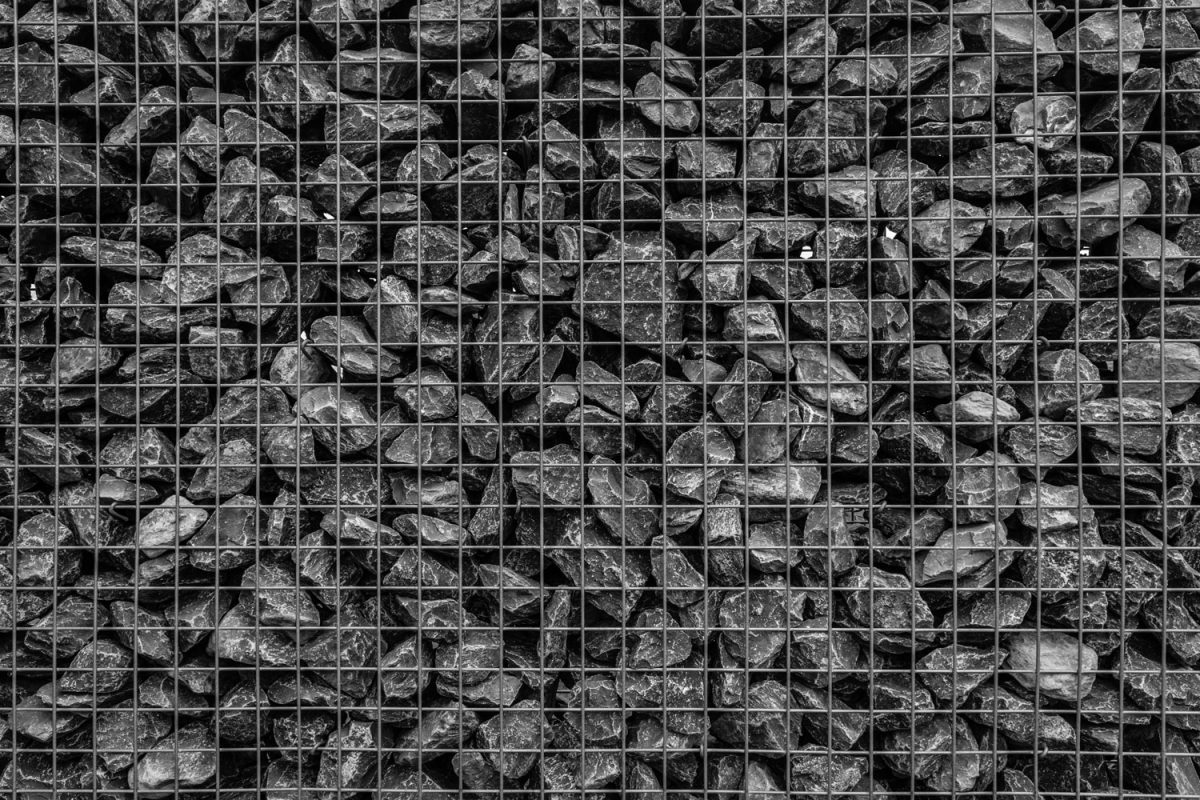
Some gravel grids are made of recycled plastic. That way, the installation shouldn’t increase the construction’s carbon footprint, fostering sustainability. Environment-friendly grids may also help in reducing heat accumulation while improving temperature reflectiveness. So, the grid can reduce the risks of environmental damage to its entire surface structure.
Permeability
Driveways, pavements, and other similar structures without sufficient permeability can lead to issues like standing water. In serious cases, non-porous surfaces used for different types of traffic can also invite flooding. So it’s best to choose a gravel grid that allows sufficient breathability and permeability to prevent these problems.
Flexibility
Reliable gravel grids should have the necessary flexibility to fit and follow the contours of different landscapes. Certain models can handle the weight of over 3,700 tons per square foot if filled properly.
Take note that a flexible gravel grid should also be reasonably durable. Otherwise, the grid may contour to the landscape but might not still be able to handle the weight of the objects going over the surface.
Check out this gravel grid on Amazon.
How Much Should A Gravel Driveway Cost?
A typical gravel grid driveway generally costs about $2 to $4 per square foot. Homeowners should be prepared to spend about $1,100 to $2,300 to install a gravel grid on 24 x 24-foot dimensions. Although it might look expensive, other options like resin-bound driveways usually cost about $7 to $12 per square foot.
Final Words
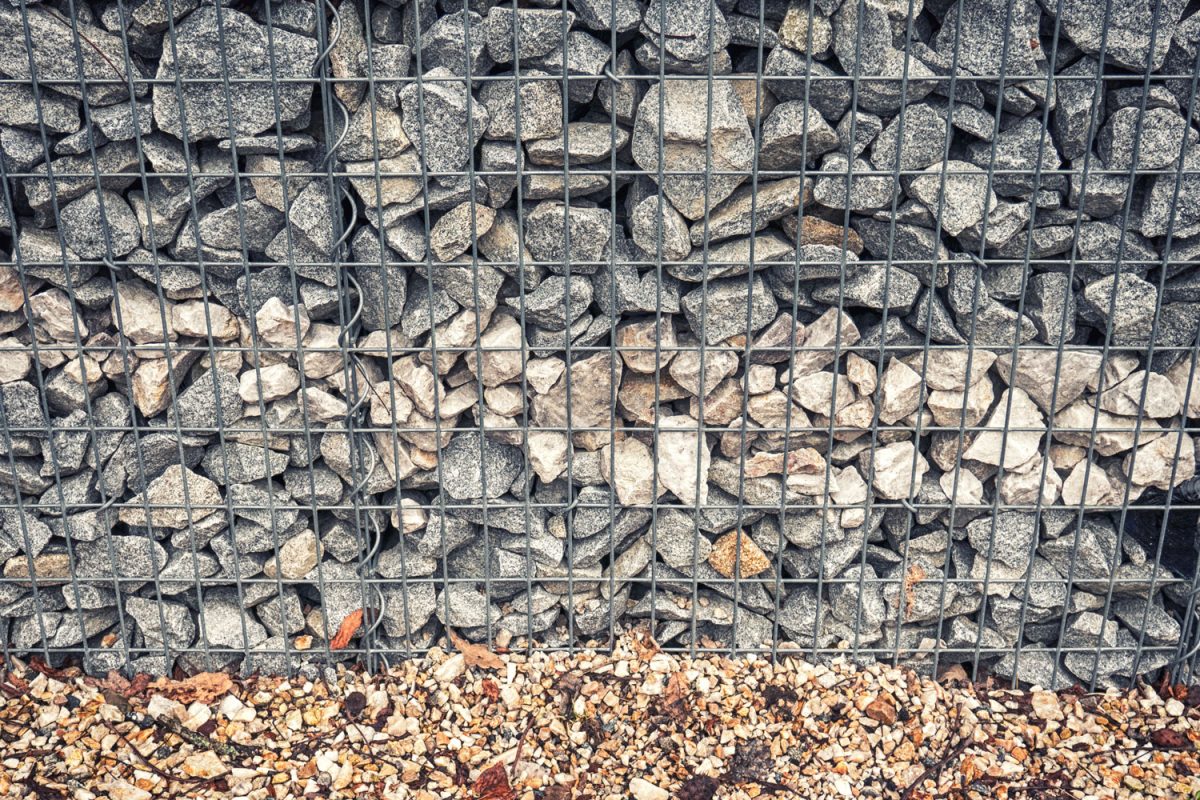
Gravel grid depths often vary based on the specific demands of different construction projects. For instance, a relatively shallow grid might suffice for a driveway in a residential area. Still, installers should pay attention to the length and width of the installation area to verify the correct depth needed for the gravel grid.
Also, don’t forget to read our other posts about gravel:




![Vibrant Red Paver Stone Path, Can You Spray Paver Sealer? [How To Apply It]](https://pavingplatform.com/wp-content/uploads/2022/04/Vibrant-Red-Paver-Stone-Path-600x400.jpg)
![Properly laid out red pavers for a garden, Can You Tint Paver Sealer? [And How To]](https://pavingplatform.com/wp-content/uploads/2022/04/Properly-laid-out-red-pavers-for-a-garden-600x400.jpg)
